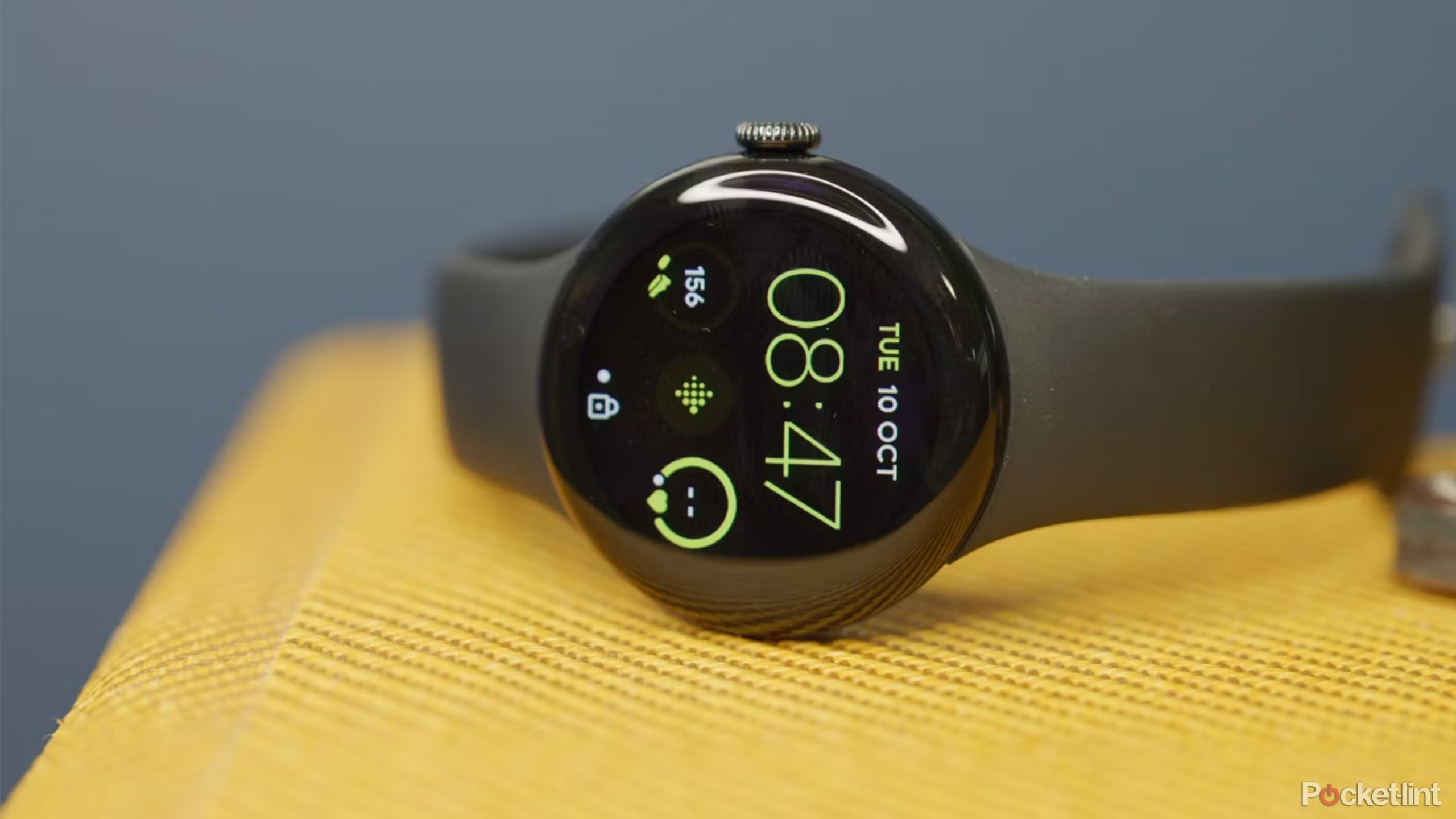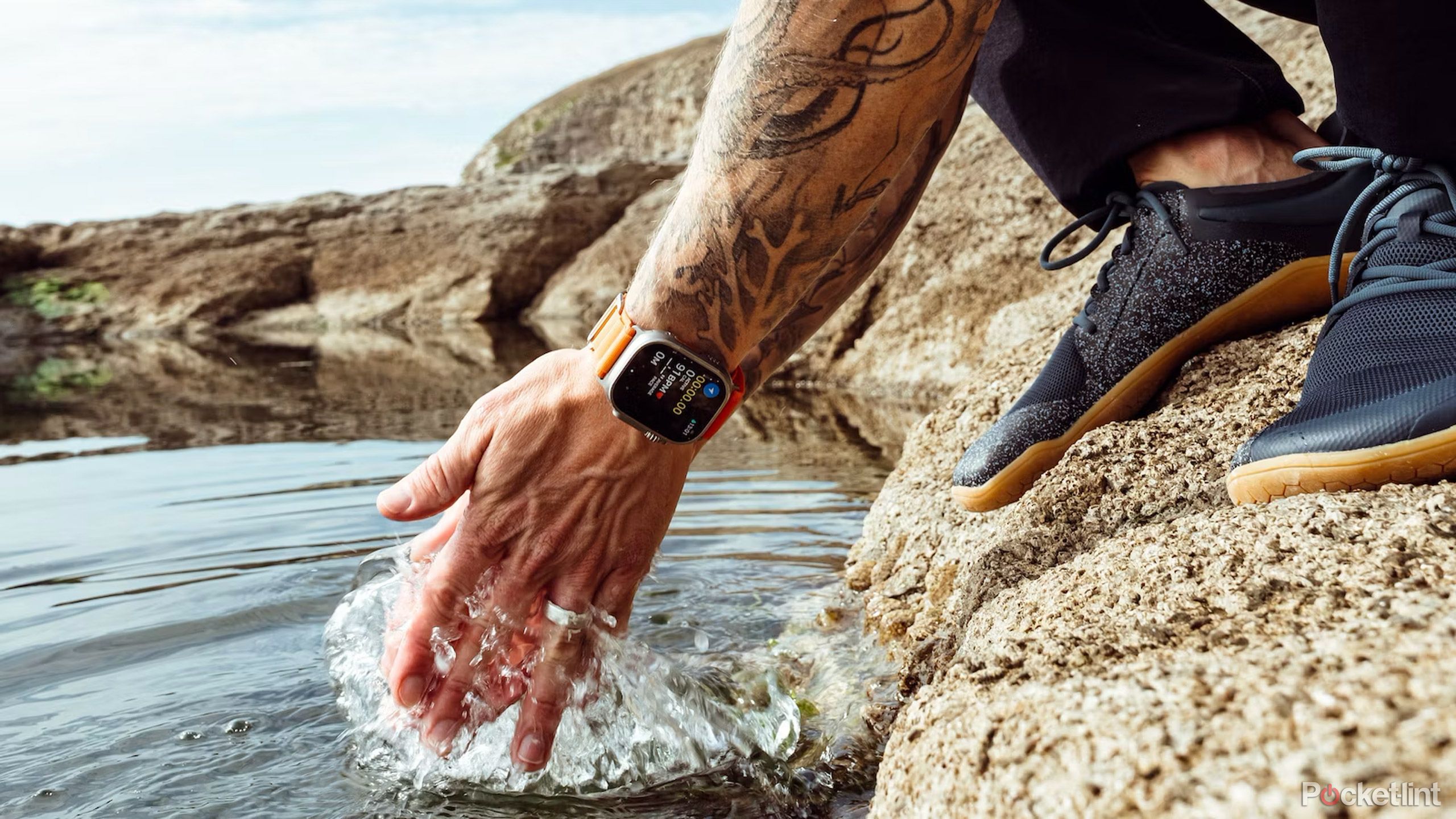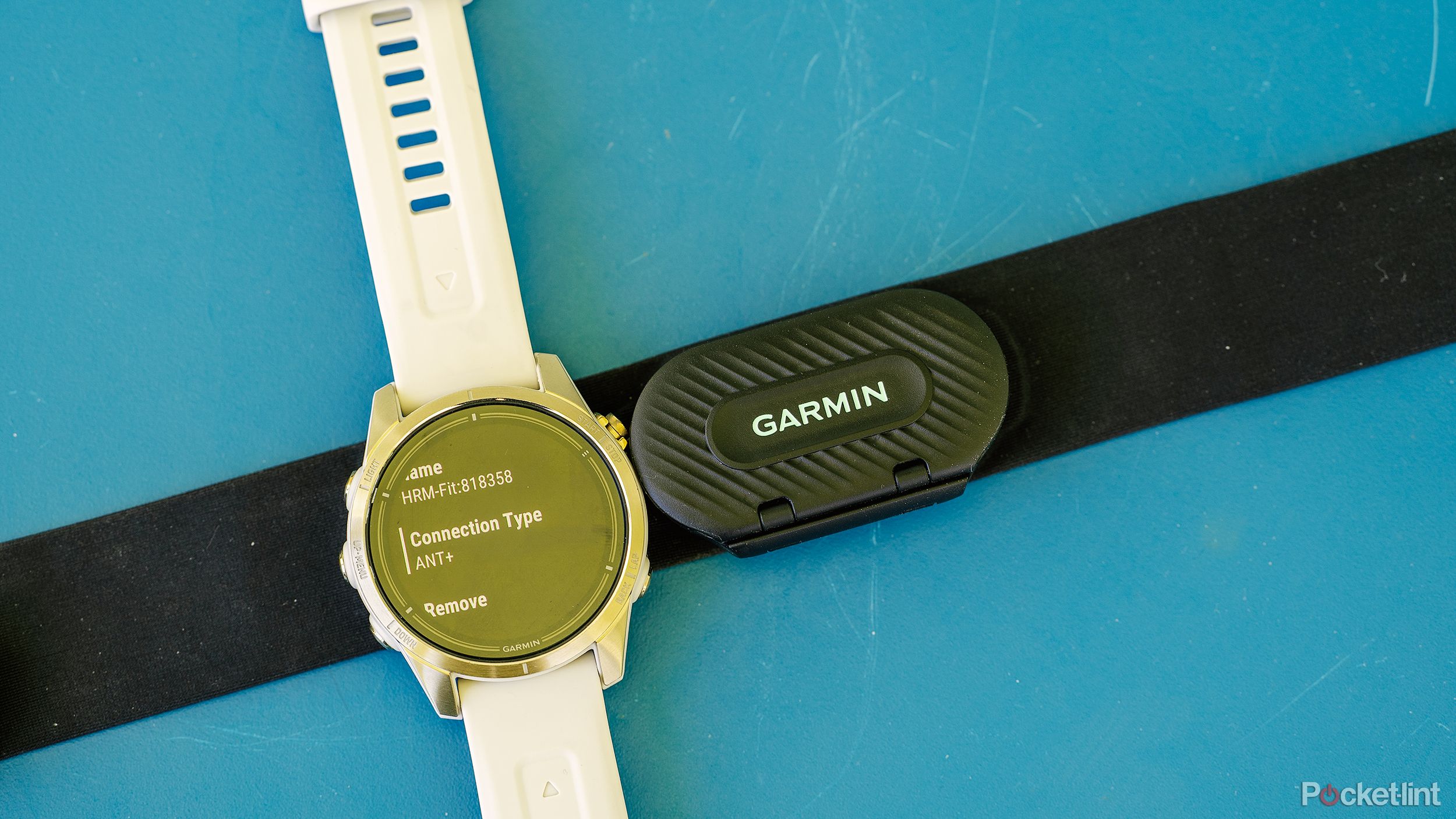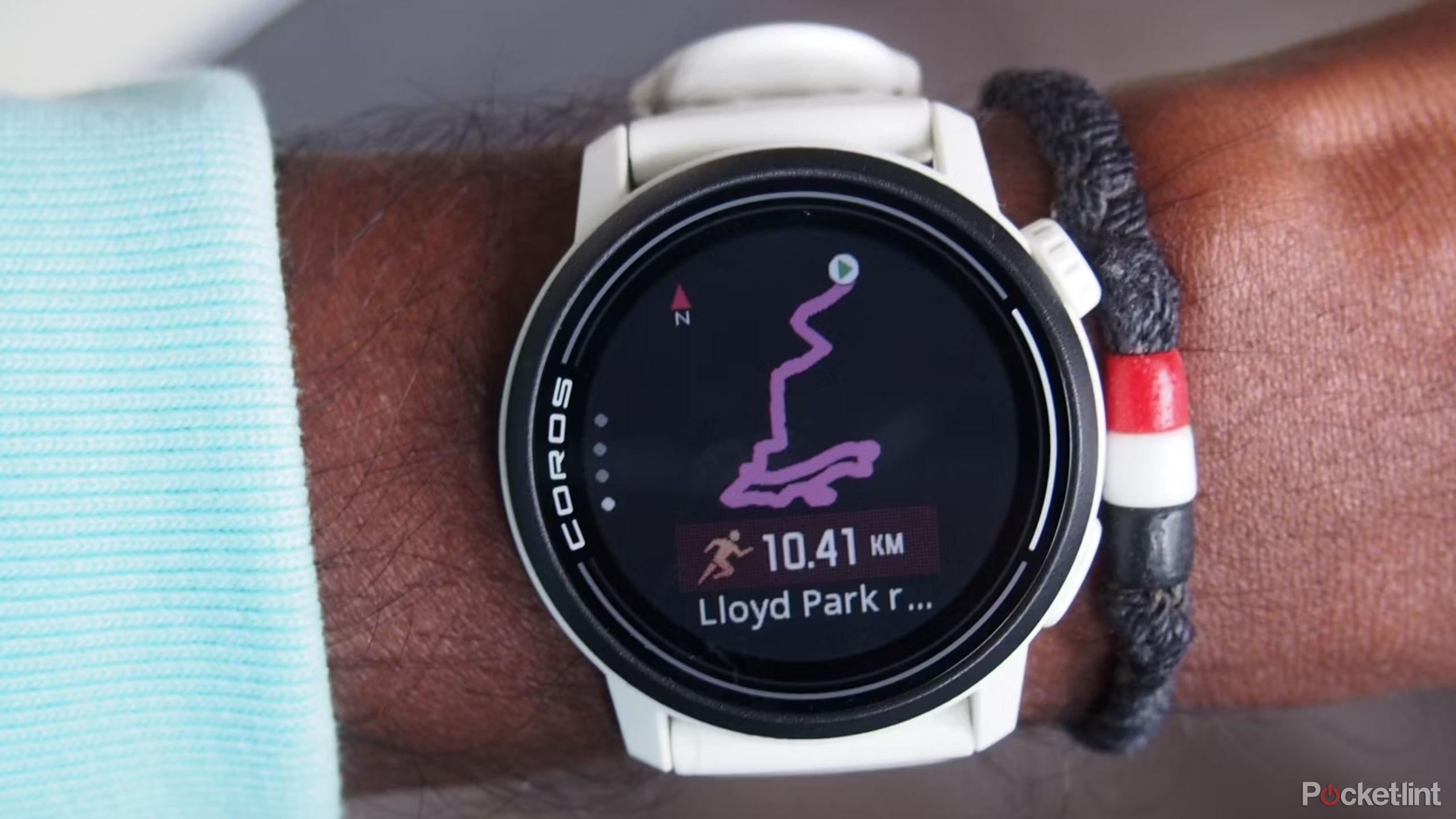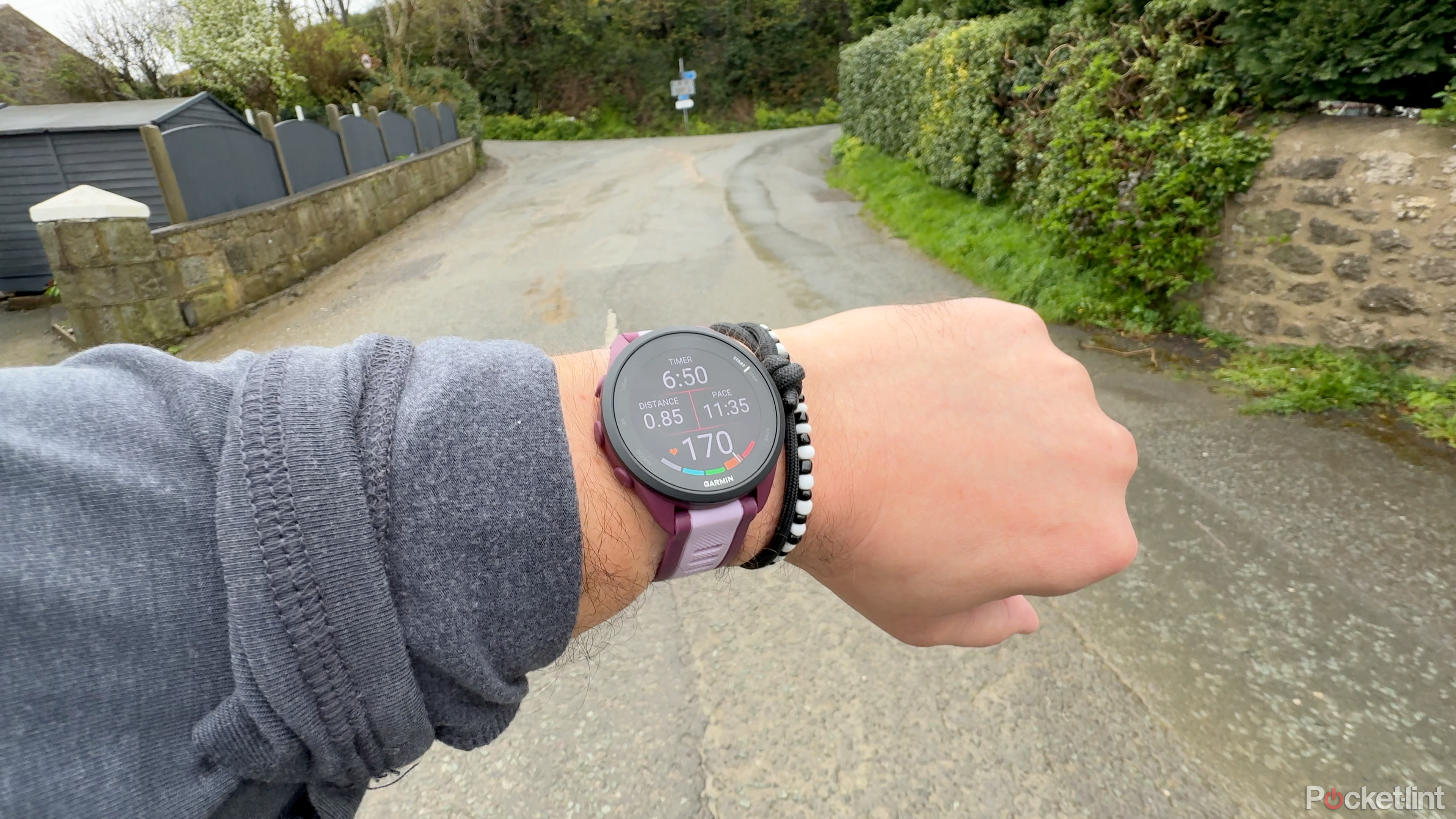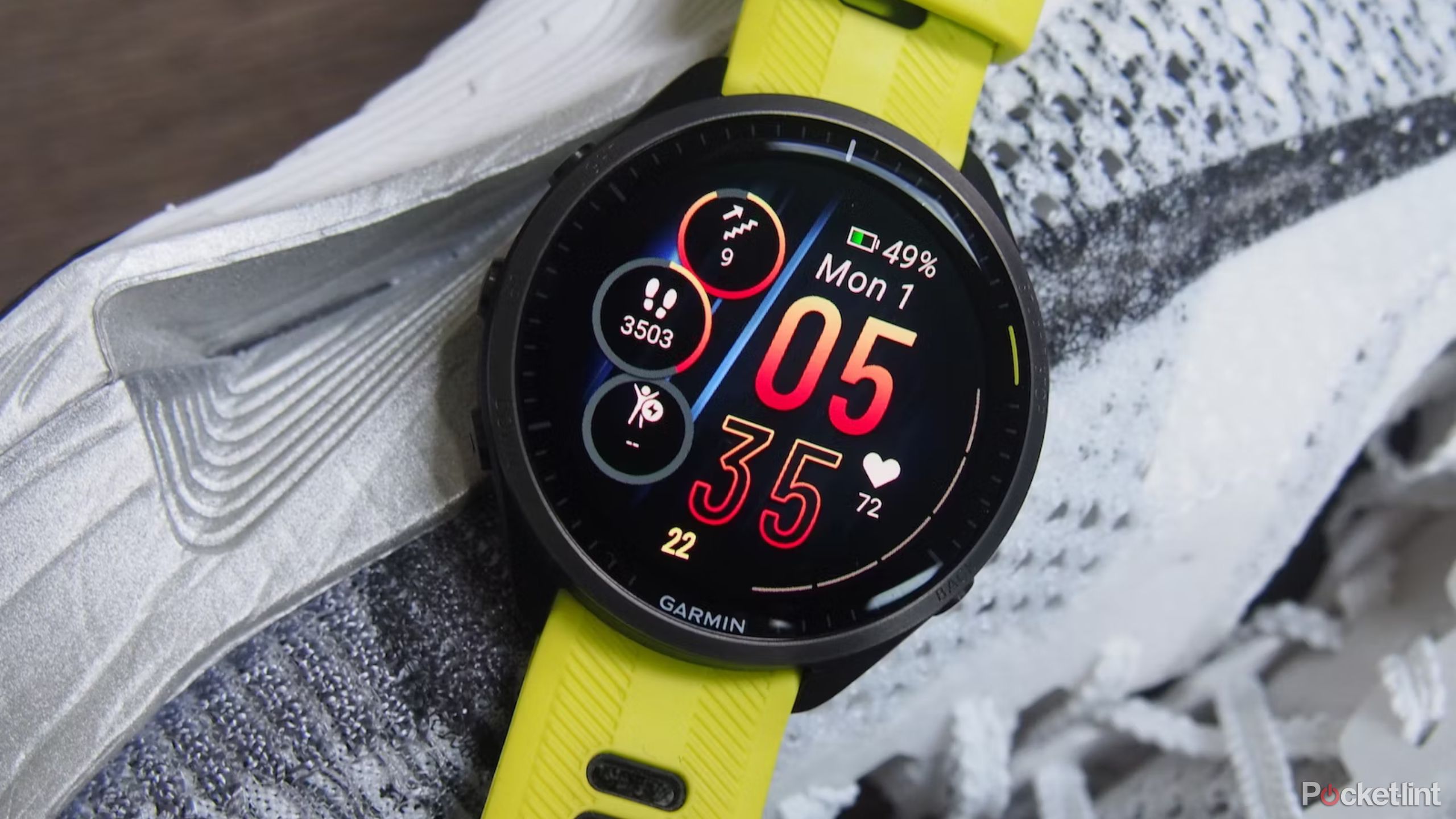Key Takeaways
- Compatibility, durability, and water resistance are basic concerns.
- You need an accurate heart rate sensor, and probably GPS.
- An ideal device has features like a blood oxygen sensor as well as readiness and recovery scoring.
Delving into fitness tech can sometimes be as intimidating as adopting a fit lifestyle. Smartwatches and other fitness trackers can cost anywhere from under $50 to well over $1,000, and it’s not always clear what benefits you’ll get from spending the extra cash. Thankfully, my real-world weightlifting and running experience has taught me what features are genuinely useful versus just nice perks.
Best budget fitness trackers: Expert tested and reviewed
Looking to upgrade or kickstart your fitness routine? These fitness trackers offer quality performance at a budget-friendly price.
1 Fitness tracker device compatibility
Your phone dictates your options
At the moment, any fitness tracker worth buying will be paired with a smartphone, mostly for setup but also for syncing things like music and notifications. In that regard, it’s absolutely essential to check compatibility — while devices like Garmin and Polar watches are compatible with both iPhones and Android, you can’t use an Apple Watch with an Android phone, or a Google Pixel Watch with an iPhone.
If you want the freedom of switching brands at will, it’s better to pick a multiplatform tracker, even if that means sacrificing deeper platform integration. You’ll still get all the notifications and fitness data you’re after.
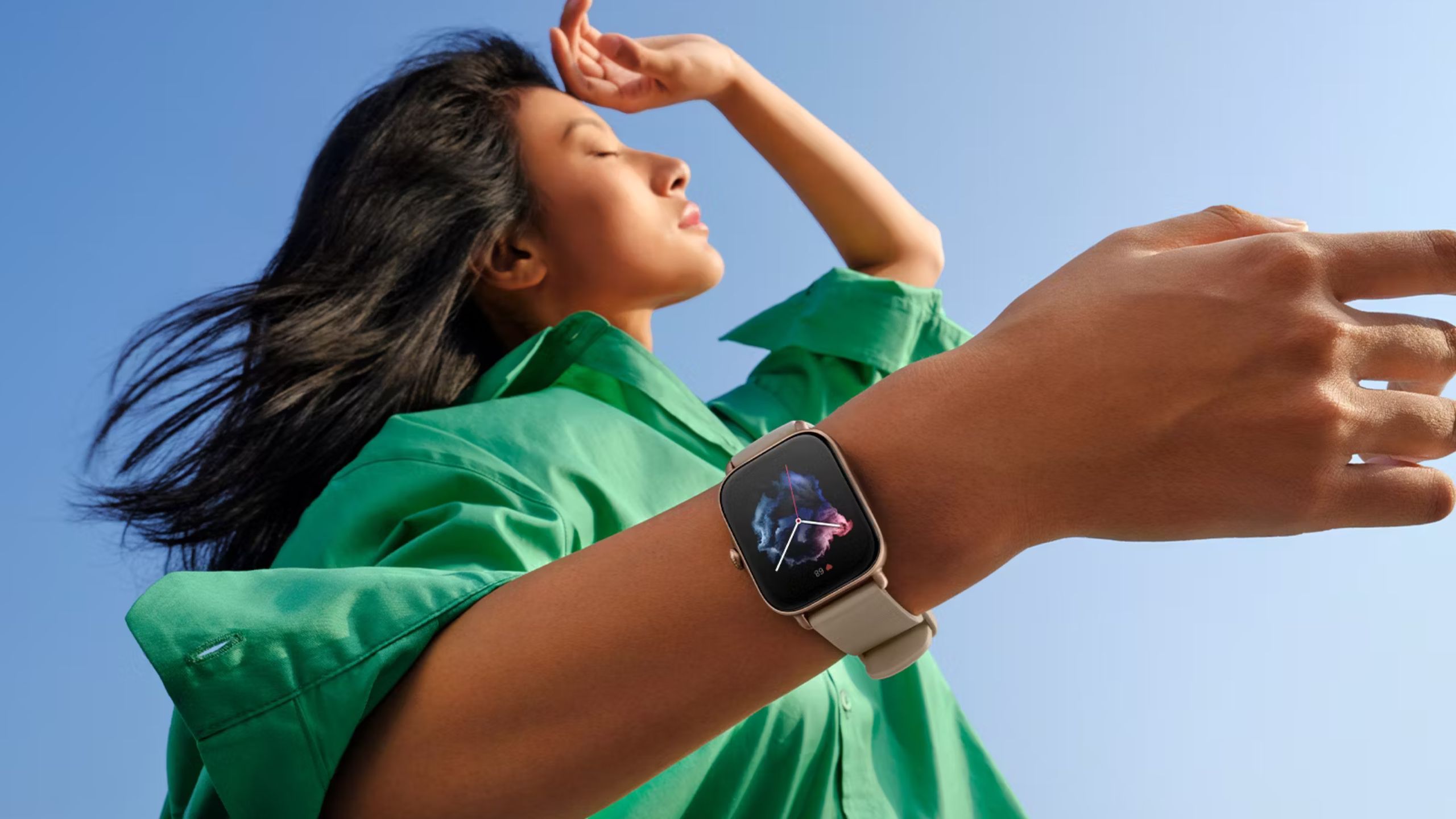
Best Amazfit smartwatches: Budget-friendly fitness trackers
Amazfit makes powerful but affordable wearables, with designs for business, fitness, and fashion.
2 Fitness tracker durability and waterproofing
Pick one tough enough for your activities
One of the key differences between budget trackers and expensive ones is their ruggedness. Cheap models are primarily made out of plastic, which may be good enough for a run around the neighborhood, but not a wilderness hike or banging against barbells and other gym equipment. High-end trackers tend to use a lot of aluminum, titanium, or steel, and may also use sapphire in place of regular glass to protect against scratches and cracking. You should insist on the toughest possible materials if you engage in activities like rock climbing or mountain biking.
If you want the freedom of switching brands at will, it’s better to pick a multiplatform tracker, even if that means sacrificing deeper platform integration.
Water resistance is always a must, although the degree you need is going to depend on your lifestyle. If you’re only concerned about getting caught in the rain, something with an IP54 rating will suffice. If you want to go swimming, you should demand something with a true waterproof rating. The Apple Watch Series 9, for example, supports swimming to a depth of 50 meters (about 165 feet), while the Garmin Epix Pro has a 10ATM rating, meaning it can handle diving as deep as 100 meters (about 330 feet). Don’t attempt diving with a tracker that doesn’t specifically support it, since depth pressure can potentially destroy your device.
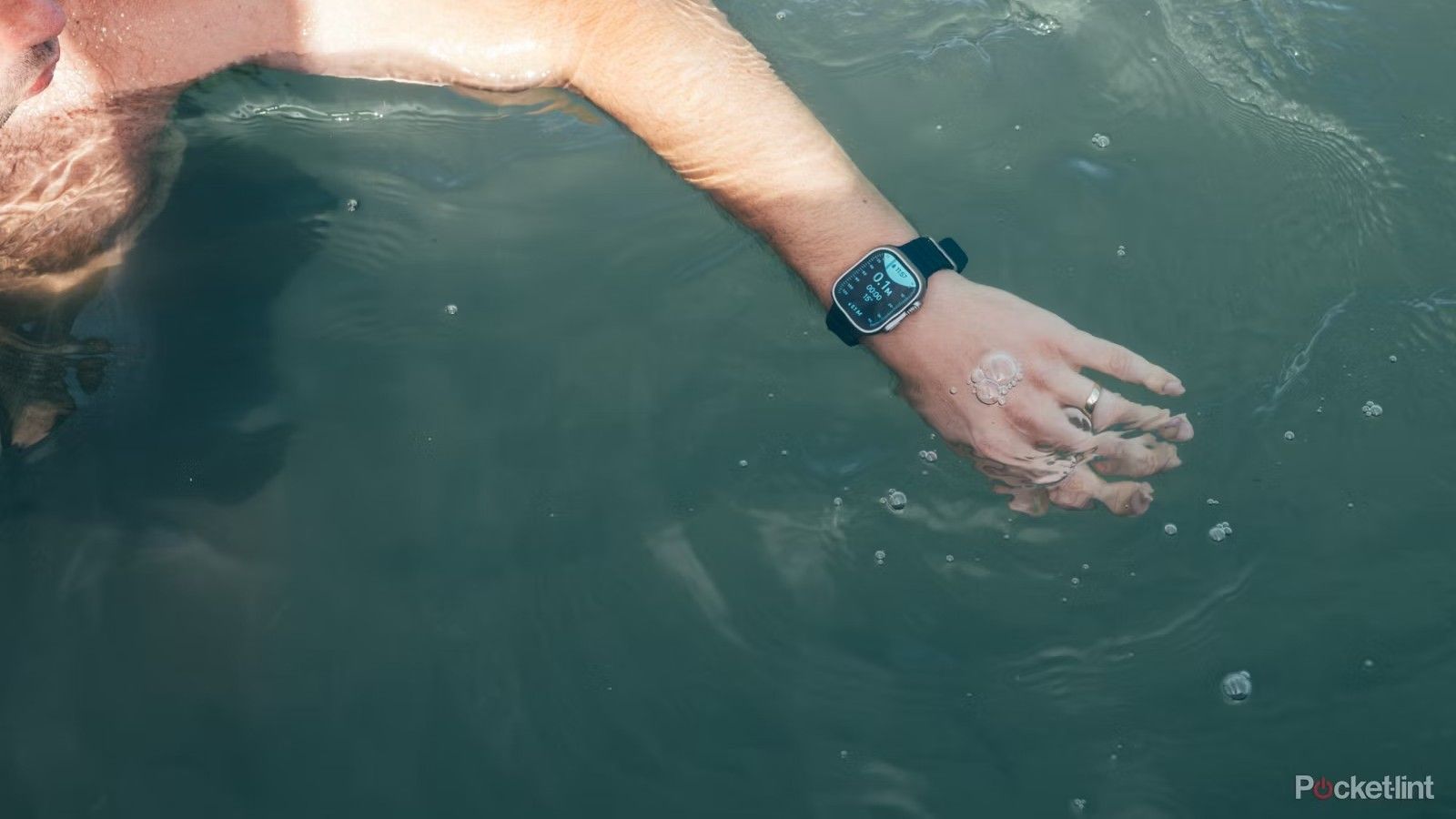
Best smartwatches for swimming: Track laps without worrying about water damage
These wearables will track metrics like swimming distance, pace, stroke count, SWOLF, and underwater heart rate.
3 Fitness tracker heart rate sensing
The foundation of all modern trackers
While early fitness trackers focused on motion — the obsession with “steps” being one outcome of this — the most important sensor on any modern wearable is its heart rate (HR) sensor. This gauges both the intensity of your activities and a rough estimate of calorie burn. The former is sometimes segmented into “zones,” which only really matter during cardio-focused workouts, but the latter can help you bulk or cut if you pair it with a calorie-counting app such as Cronometer or MyFitnessPal. You need a calorie surplus to bulk, and a deficit to cut.
Some devices, like recent Apple Watches and Fitbits, can additionally monitor for signs of atrial fibrillation (AFib), i.e. an irregular heart rhythm. If you get an AFib warning, contact your doctor immediately — false alerts are possible, but some people have legitimately had their lives saved by early detection.
Related to HR technology is ECG/EKG (electrocardiogram) sensing, but I mention it here just to say you can safely ignore it. With some products, it’s the only way of checking for AFib, but you can only ever perform an ECG reading by sitting still and holding two fingers in place. You could be suffering from AFib but fail to notice it during your ECG sessions.
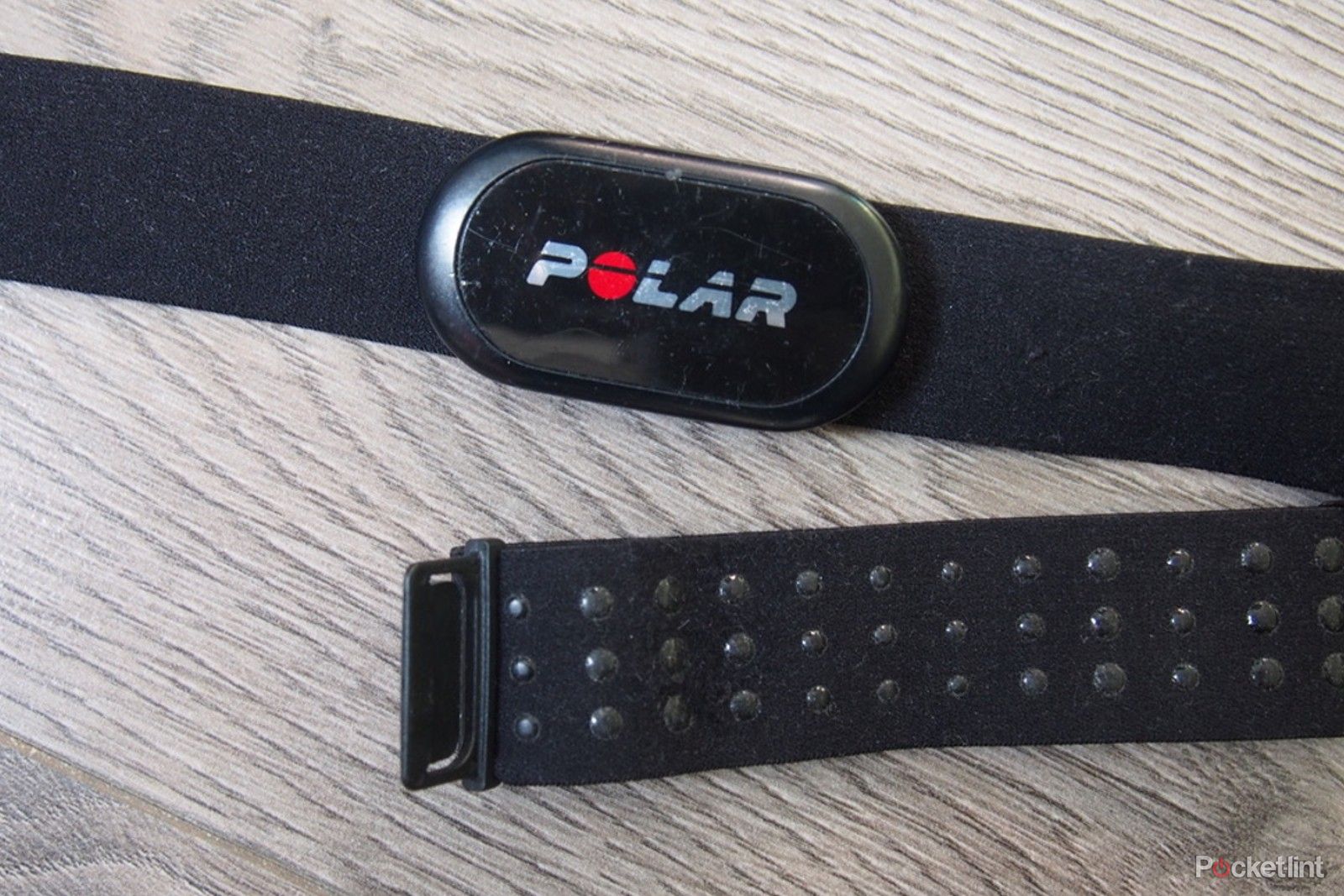
Best heart rate monitors: Fitness expert tested and reviewed
From chest straps and arm bands to the new Apple Watch Series 9, these are the best monitors for accurate heart rate stats, according to our testing.
4 Accurate GPS in fitness trackers
Keep track of distance, pacing, and navigation
If you plan to run, hike, or do just about anything else outdoors, you’ll want something with a GPS radio for location data. Multi-band GPS is preferable for maximum accuracy, although not strictly necessary, since some accessory makers work magic with algorithms. A number of products further support location networks, like Galileo and GLONASS — GPS is by far the most important, however, especially if you live in North America.
We’re stressing accuracy because, at a minimum, poor tracking can throw off your route, distance, and pacing information. If you depend on your watch to navigate, you could get lost, and that’s legitimately life-threatening if you’re hiking through mountains or deep forests. In fact, you should probably bring a dedicated GPS handheld and/or a paper map if there’s any concern about making your way back to civilization.
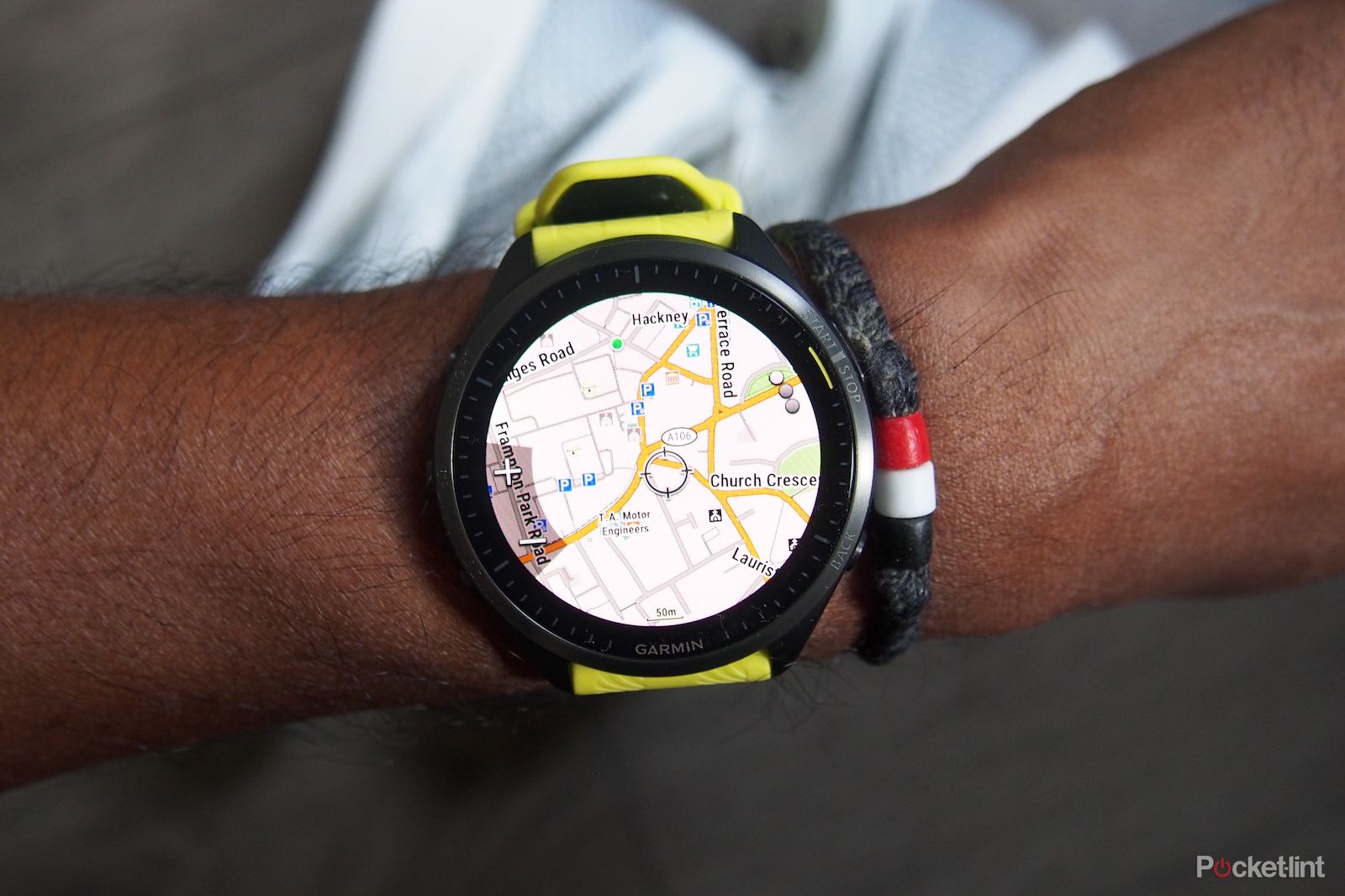
Best GPS tracking smartwatches: Navigation and trail data for outdoor enthusiasts
GPS is one of the most useful features on a smartwatch. If accurately tracking your every step is important to you, these are our top picks.
5 Blood oxygen (SpO2/Pulse Ox) fitness tracker sensing
Catch significant health and fitness issues
This choice might be controversial among my fellow tech journalists, since the average person can ignore blood oxygen data and be perfectly fine — Apple is continuing to sell plenty of Apple Watches in the US despite being forced to disable oxygen sensing in its home country. I’m including the feature because if you pay attention, oxygen levels can be a valuable indicator of fitness and overall health. Blood oxygen should normally sit at 95% or higher, and if it’s regularly closer to 100%, that means you’re in great shape. If levels frequently slip below 90%, you should probably see a doctor and reconsider any bad habits you might have, such as smoking. Low oxygen overnight could be a sign of sleep apnea.
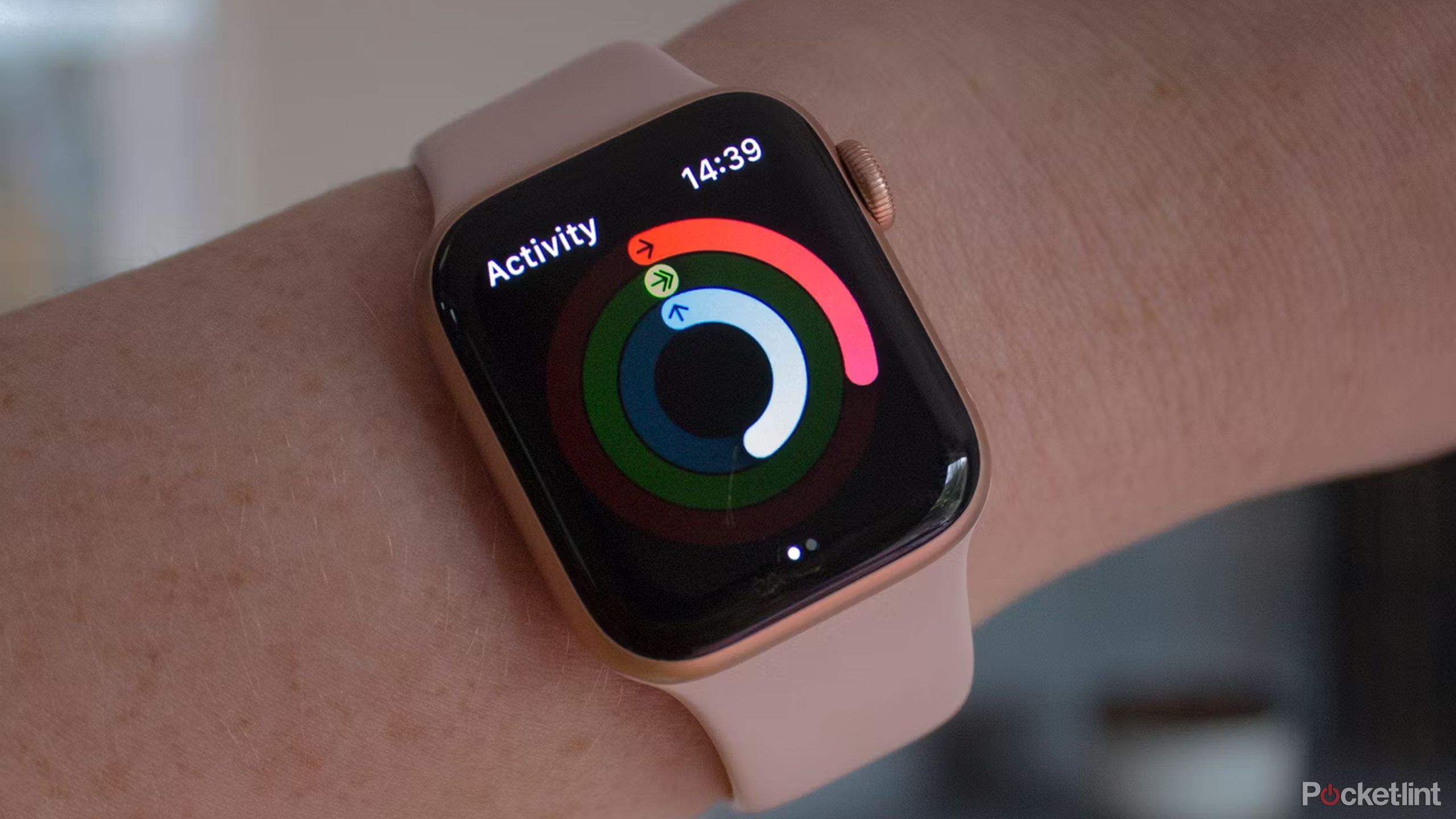
Apple Watch ban: Everything you need to know
What Apple’s ITC ban means for current Apple Watch owners, and how we got here.
6 Training readiness/recovery scores
Know how hard you can push yourself
Polar
One of the things you learn from pursuing fitness long-term — I’ve been weightlifting for over a decade — is that the performance you can put out on any given day depends on a combination of factors, including sleep, diet, mood, and how worn you are from your last workout. Companies are increasingly trying to quantify this, giving you a sense of whether you should shoot for a new personal record or back off temporarily. In some cases, you’ll even get a recommendation on how many hours you should wait before hitting trails or the gym, though that should always be taken with a grain of salt.
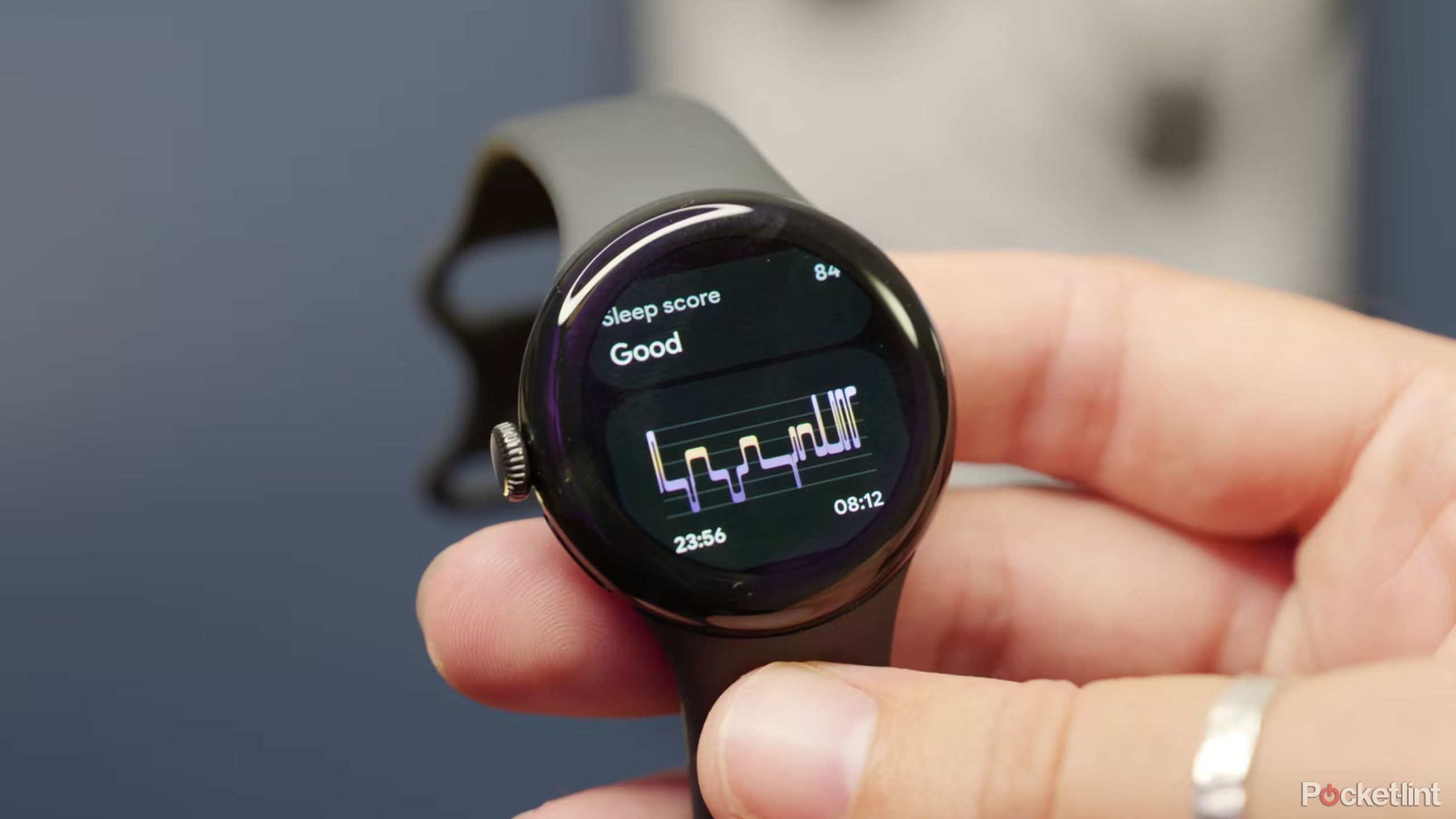
Best sleep trackers: Rest and recover with these wearables
These smartwatches analyze the quality of your sleep so you can make habitual changes, according to our testing.
7 Long fitness tracker battery life
It’s not just about convenience
My daily (non-review) wearable is an Apple Watch Series 6, and my biggest complaint has always been battery life. It can get me from morning to bedtime on a single charge, but on workout days, I sometimes end up with less than 10% left, and that’s without using GPS. If you want to avoid charging twice a day, or take advantage of features like sleep tracking and silent wrist alarms, I highly recommend buying a watch that promises multi-day battery life. It’s effectively mandatory if you enjoy long outdoor expeditions or training for triathlons or ultramarathons.
Even if your fitness routine isn’t that demanding, long battery life can be a godsend when traveling. It means not having to carry a separate watch charger during shorter trips, and being able to get from point A to point B without once switching on a low-power mode.
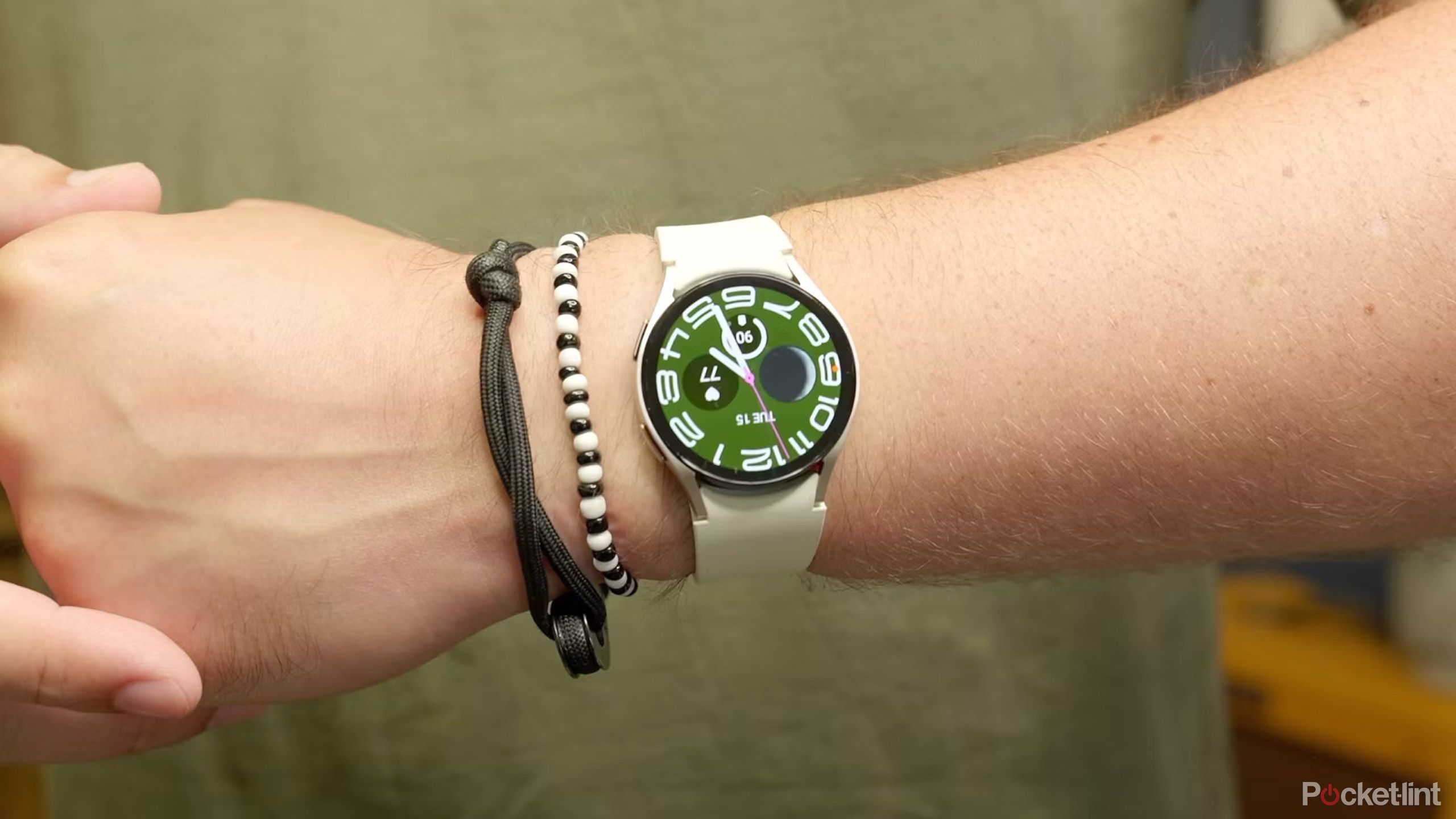
3 features I want Samsung to bring to the rumored Galaxy Watch FE
Samsung is reportedly working on its own answer to the Apple Watch SE as a way to offer the Galaxy Watch experience at an even lower price.
FAQ
Q: How much should I spend on a fitness tracker?
The answer to this depends on how seriously you take fitness and/or how demanding your activities are. If you only want basic tracking that encourages you to get off the couch, something as cheap as the $100 Fitbit Inspire 3 should do. We wouldn’t recommend going much lower than that, since you’ll probably be compromising in important areas like software and build quality.
If you’re committed to achieving a difficult goal like running a marathon or deadlifting 400 pounds, be prepared to spend more on a device with superior accuracy and durability, plus features like GPS and recovery/readiness scores. You don’t need to spend a fortune, but $200-300 is a good baseline. You can easily end up going higher, especially if you want something that doubles as a general-purpose smartwatch.
If fitness is a central part of your life or the activities you enjoy can be rough on electronics, you should be spending at least $300, and you may end up dropping $700 or more if you want something with top-shelf durability and battery life. You don’t necessarily have to spend $1,000 on something like the Garmin Enduro 2, but don’t skimp — you might wince at the thought of buying a $700 accessory, but better that than having to replace a $500 one that broke.
Q: Do I need GPS on a fitness tracker?
We’d recommend the feature if you exercise outdoors, but otherwise no. If your activities only involve things like yoga, strength training, or indoor cycles and treadmills, there’s nothing to be gained from location data. Bear in mind that the best trackers tend to include GPS regardless.
Trending Products

Cooler Master MasterBox Q300L Micro-ATX Tower with Magnetic Design Dust Filter, Transparent Acrylic Side Panel…

ASUS TUF Gaming GT301 ZAKU II Edition ATX mid-Tower Compact case with Tempered Glass Side Panel, Honeycomb Front Panel…

ASUS TUF Gaming GT501 Mid-Tower Computer Case for up to EATX Motherboards with USB 3.0 Front Panel Cases GT501/GRY/WITH…

be quiet! Pure Base 500DX Black, Mid Tower ATX case, ARGB, 3 pre-installed Pure Wings 2, BGW37, tempered glass window

ASUS ROG Strix Helios GX601 White Edition RGB Mid-Tower Computer Case for ATX/EATX Motherboards with tempered glass…


